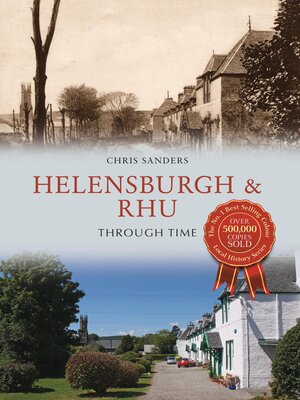
Sign up to save your library
With an OverDrive account, you can save your favorite libraries for at-a-glance information about availability. Find out more about OverDrive accounts.
Find this title in Libby, the library reading app by OverDrive.



Search for a digital library with this title
Title found at these libraries:
| Library Name | Distance |
|---|---|
| Loading... |
Helensburgh's history begins on the 11 January 1776 when Sir James Colquhoun of Luss, on the shore of Loch Lomond, advertised land to be divided into building plots on the south-facing slope overlooking the Clyde. The town, called after Lady Helen Colquhoun, received a royal charter in 1802 and developed rapidly on a planned grid pattern during the nineteenth century. Henry Bell's Comet, the first seagoing steam ship in the world, started a commuter service to Glasgow in 1812, making the town, with its fine views over the sea, an attractive place to live. By Edwardian times, a large number of fine houses, some designed by important architects, had been built up the hill, culminating in The Hill House, Charles Rennie Mackintosh's masterpiece. Between the wars and in the '50s and '60s, Helensburgh was a very popular resort for day trips 'doon the watter' from Glasgow, and though this has now declined, the proximity to the Loch Lomond National Park and sailing on the Clyde means it is still a major holiday destination. The town is close to the adjacent naval base at Faslane and combines maritime traditions with fine streets filled with clouds of cherry blossom in spring.







